AD8232 ECG Sensor
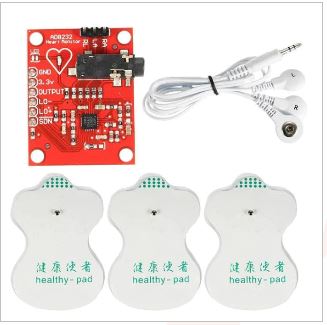
Order Code: 23246367.4
Category: General Lab Equipment II
Introduction – AD8232 ECG MODULE AD8232 Single Lead Heart Rate Monitor is a cost-effective board used to measure the electrical activity of the heart. This electrical activity can be charted as an ECG or Electrocardiogram an...
SPECIFICATION
Introduction –
AD8232 ECG MODULE
AD8232 Single Lead Heart Rate Monitor is a cost-effective board used to measure the electrical activity of the heart. This electrical activity can be charted as an ECG or
Electrocardiogram and output as an analog reading. ECGs can be extremely noisy, the AD8232 Single Lead Heart Rate Monitor acts as an op amp to help obtain a clear signal from
the PR and QT Intervals easily. The AD8232 is an integrated signal conditioning block for ECG and other biopotential measurement applications.
It is designed to extract, amplify, and filter small biopotential signals in the presence of noisy conditions, such as those created by motion or remote electrode placement. The AD8232
Heart Rate Monitor sensor breaks out nine connections from the IC that you can solder pins, wires, or other connectors to. SDN, LO+, LO-, OUTPUT, 3.3V, GND provide essential
pins for operating this monitor with an Arduino or other development board. Also provided on this board are RA (Right Arm), LA (Left Arm), and RL (Right Leg) pins to attach and use
your own custom sensors. Additionally, there is an LED indicator light that will pulsate to the rhythm of a heart beat. Biomedical Sensor Pads and Sensor Cable are required to use the
heart monitor.
PACKAGE INCLUDES:
1 x AD8232 ECG Module
SPECIFICATIONS
-
Operating Voltage 3.3V (DC)
-
Operating Temperature -40 to 90 (°C)
-
Cable Length 100cms
-
Dimensions 3.6 x 3.0 x 1.8cms
-
Weight 50 grams
Features –
-
Single lead heart rate monitor Ensure the performance of the rated temperature range of 0 to 70 degrees C, the operating temperature range of -40 to +85 I.C.
-
Compatible, Operating Voltage - 5V †Analog Output 3.5mm Jack for Biomedical Pad Connection.
-
It is designed to extract, amplify, and filter small biopotential signals in the presence of noisy conditions, such as those created by motion or remote electrode placement.


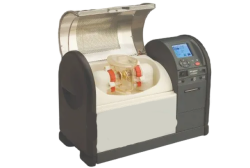
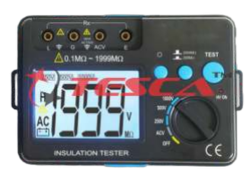
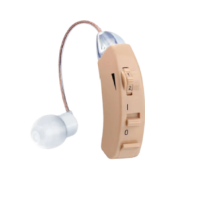

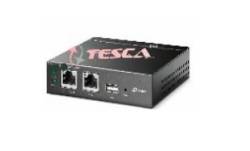


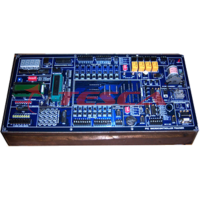

 91-9829132777
91-9829132777